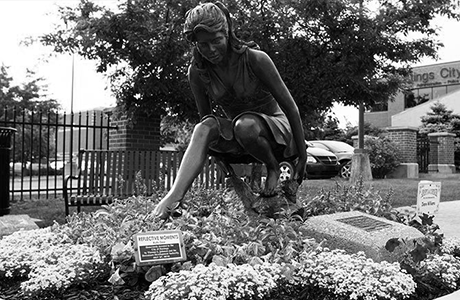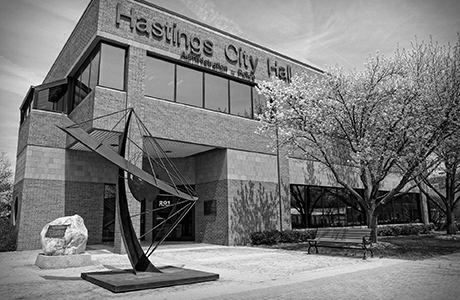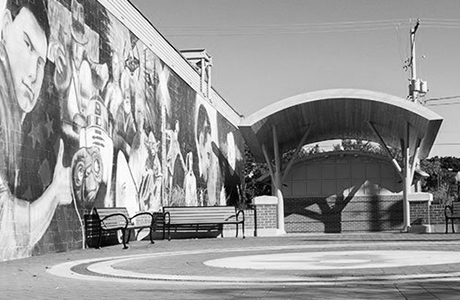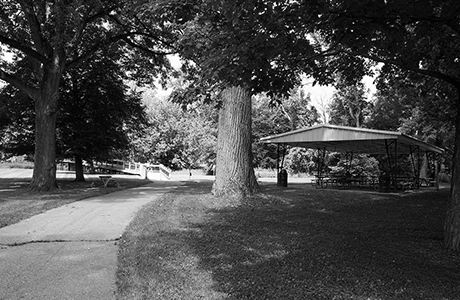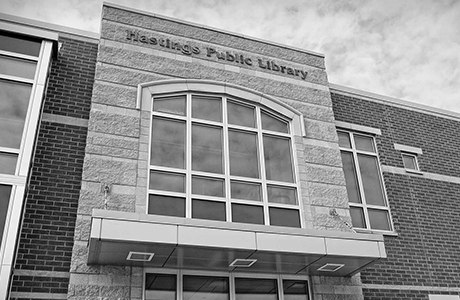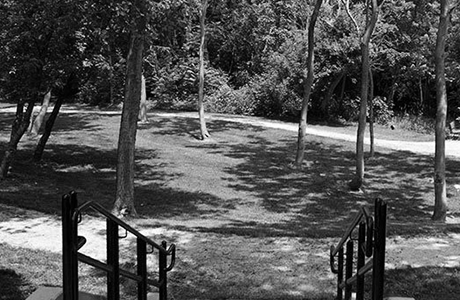Wastewater Treatment Plant
The City of Hastings Wastewater Treatment Plant is responsible for treating all residential and commercial sanitary sewage generated in the City Limits. Sewage is transported through the collection system, which includes two (2) Lift Stations to raise the liquid to a level from which it can flow by gravity to the WWTP. The processes which are utilized in the wastewater treatment system include raw sewage pumping, primary settling, biological secondary treatment, and ultraviolet disinfection. Plant Operators also monitor and perform laboratory analysis on the sewage as it undergoes treatment at the Wastewater Plant. The treated sewage must meet stringent State and Federal Standards before it can be discharged to the Thornapple River.
WWTP staff are present at the Plant five days a week from 7:00 AM till 3:00 PM, and labs on Saturdays. Problems occurring outside normal working hours will trigger alarms that automatically call employees to respond as needed. Staff is available during normal working hours to answer questions and concerns from our customers. Tours are available for interested citizens, students, and civic groups. Please call (269) 945-3083 and Plant employees will be happy to assist you.
Wastewater treatment usually takes place in 2 steps:
- PRIMARY TREATMENT removes 40-50% of the solids. Sanitary sewers carry wastewater from homes and businesses to the treatment plant. Bar screens let water pass, but not trash. The trash is collected and properly disposed of. A grit chamber is a large tank which slows down the flow of water. This allows sand, grit and other heavy solids to settle at the bottom for removal later.
- SECONDARY TREATMENT completes the process, so that 85-90% of the pollutants are removed. A secondary sedimentation tank allows the microorganisms and solid wastes to form clumps and settle. Some of this mixture, called “activated sludge”, can be mixed with air again and reused in the aeration tank. A disinfectant, such as chlorine, is usually added to the wastewater before it leaves the treatment plant. The disinfectant kills disease-causing organisms in the water. After treatment, the water can be returned to nearby waterways. It can also be used on land for agriculture and other purposes.


